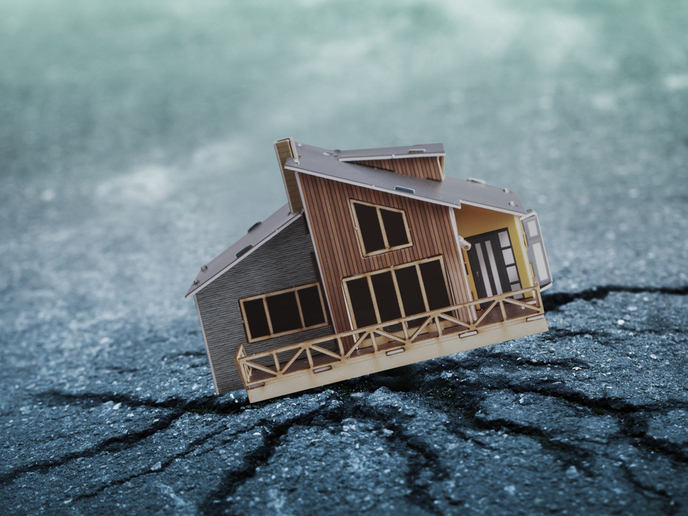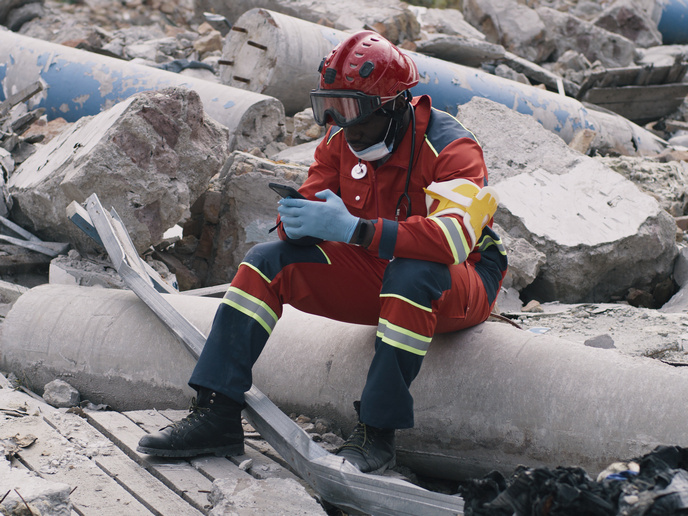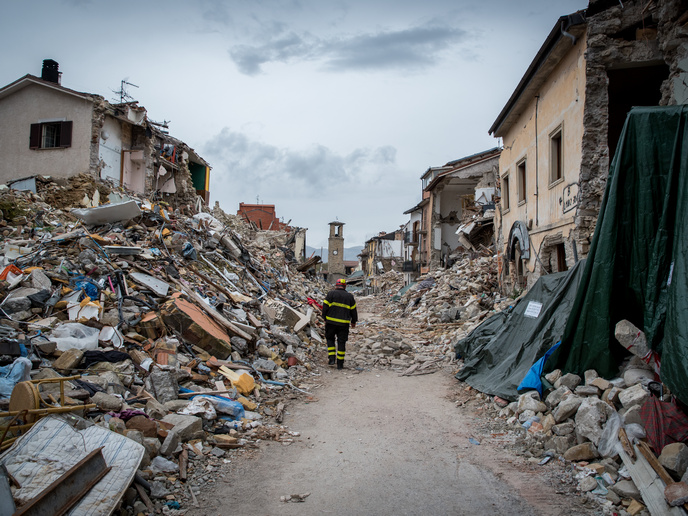Protecting buildings from liquefaction
Earthquake-induced soil liquefaction(opens in new window) has gained increasing importance over the past few years, amongst both the scientific and engineering communities. Earthquake-induced liquefaction occurs when ground shaking causes saturated granular soils to lose its strength, which leads to the soil behaving more like a liquid than a solid, causing buildings to sink and/or overturn. In Europe and around the world, this phenomenon results in significant damage to buildings, as well as economic losses(opens in new window). The EU-funded LIQUEFACT(opens in new window) project brought together a multidisciplinary group of researchers to better understand the potential exposure of European communities to earthquake-induced liquefaction events. The project team set out to develop ground improvement mitigation interventions that could reduce the impact of such events on populations.
Understanding impact on communities
The LIQUEFACT team developed a range of technical and business tools to help engineers, facilities managers and policymakers better understand the impact that an earthquake-induced liquefaction event could have on buildings. The research team developed the tools for stakeholders to identify cost-effective ground mitigation interventions that reduce a building’s vulnerability and improve its resilience to future earthquake-induced liquefaction. “The tools were developed through an iterative research process that tested both their scientific rigour and practical business application against a range of hypothetical earthquake scenarios,” says project coordinator Keith Jones. “At each iteration, the research teams were asked a ‘so what?’ question to ensure that they remained focused on the primary objective of the LIQUEFACT project: to improve community resilience to earthquake-induced liquefaction events.”
Mitigating the effects of liquefaction
The LIQUEFACT team developed macrozonation and microzonation maps showing liquefaction potential across Europe, as well as a rapid risk assessment tool. This tool allows building managers to assess susceptibility and estimate the potential impact of earthquake-induced liquefaction on their built assets. “The LIQUEFACT project also tested three ground mitigation interventions to reduce the likelihood of liquefaction; these were tested at a site in northern Italy where a ‘mega shaker’ was used to simulate an earthquake-induced liquefaction event,” notes Jones. The team's business tools include a cost-benefit and building management planning methodology for users to explore the potential of different mitigation interventions. This allows building managers to evaluate the functional performance of built assets and how to best retrofit existing buildings. “The technical and business tools have been integrated into the LIQUEFACT software tool, allowing technical and non-technical stakeholders to evaluate their vulnerability and resilience to earthquake-induced liquefaction events for the individual built asset and built asset portfolio,” says Jones.
Managing the different disciplines
In the early stages of the project, research teams had to resolve the issue of divergent interpretations of ‘resilience’ across several disciplines. In response, they held a one-day ‘sprint test’, where research teams developing the business tools acted as ‘proxy-clients’, while teams developing the technical solutions acted as ‘proxy-consultants’. “The outcome from the ‘sprint test’ provided a common point of reference for future development workshops, and ensured that all research teams remained focused on delivering practical impact from the project,” concludes Jones.







